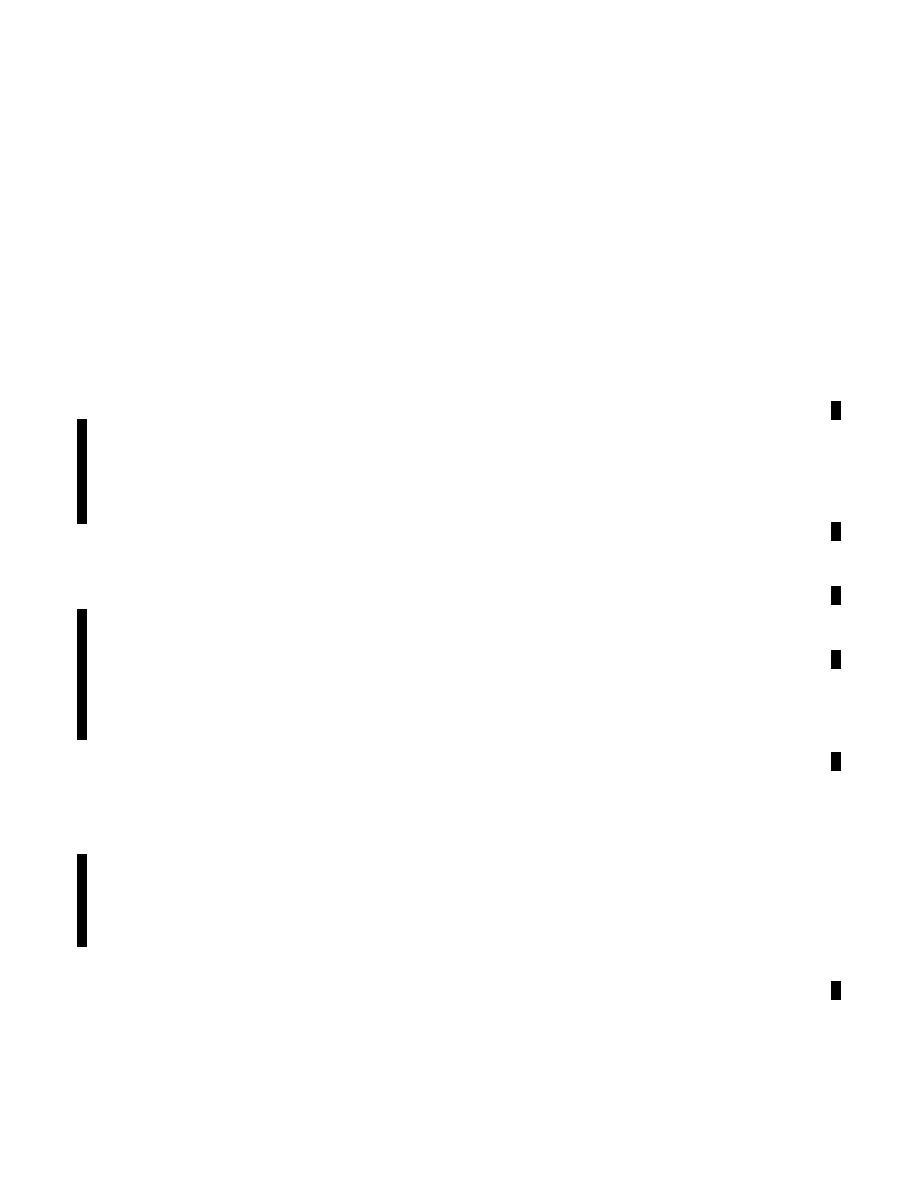
AIM
8/15/19
7
−
3
−
7
Wake Turbulence
(b)
Establish a line
−
of
−
sight to that landing
point that is above and in front of the heavier
preceding aircraft.
(c)
When possible, note the point of landing
of the heavier preceding aircraft and adjust point of
intended landing as necessary.
EXAMPLE
−
A puff of smoke may appear at the 1,000
−
foot markings of
the runway, showing that touchdown was that point;
therefore, adjust point of intended landing to the
1,500
−
foot markings.
(d)
Maintain the line
−
of
−
sight to the point of
intended landing above and ahead of the heavier
preceding aircraft; maintain it to touchdown.
(e)
Land beyond the point of landing of the
preceding heavier aircraft. Ensure you have adequate
runway remaining, if conducting a touch
−
and
−
go
landing, or adequate stopping distance available for
a full stop landing.
f.
During visual approaches pilots may ask ATC
for updates on separation and groundspeed with
respect to heavier preceding aircraft, especially when
there is any question of safe separation from wake
turbulence.
g.
Pilots should notify ATC when a wake event is
encountered. Be as descriptive as possible (i.e., bank
angle, altitude deviations, intensity and duration of
event, etc.) when reporting the event. ATC will record
the event through their reporting system. You are also
encouraged to use the Aviation Safety Reporting
System (ASRS) to report wake events.
7
−
3
−
9. Air Traffic Wake Turbulence
Separations
a.
Because of the possible effects of wake
turbulence, controllers are required to apply no less
than minimum required separation to all aircraft
operating behind a Super or Heavy, and to Small
aircraft operating behind a B757, when aircraft are
IFR; VFR and receiving Class B, Class C, or TRSA
airspace services; or VFR and being radar sequenced.
1.
Separation is applied to aircraft operating
directly behind a super or heavy at the same altitude
or less than 1,000 feet below, and to small aircraft
operating directly behind a B757 at the same altitude
or less than 500 feet below:
(a) Heavy
behind
super
−
6 miles.
(b) Large
behind
super
−
7 miles.
(c) Small
behind
super
−
8 miles.
(d) Heavy
behind
heavy
−
4 miles.
(e) Small/large
behind
heavy
−
5 miles.
(f) Small
behind
B757
−
4 miles.
2.
Also, separation, measured at the time the
preceding aircraft is over the landing threshold, is
provided to small aircraft:
(a) Small
landing behind
heavy
−
6 miles.
(b) Small
landing behind
large, non
−
B757
−
4 miles.
REFERENCE
−
Pilot/Controller Glossary Term
−
Aircraft Classes.
b.
Additionally, appropriate time or distance
intervals are provided to departing aircraft when the
departure will be from the same threshold, a parallel
runway separated by less than 2,500 feet with less
than 500 feet threshold stagger, or on a crossing
runway and projected flight paths will cross:
1.
Three minutes or the appropriate radar
separation when takeoff will be behind a super
aircraft;
2.
Two minutes or the appropriate radar
separation when takeoff will be behind a heavy
aircraft.
3.
Two minutes or the appropriate radar
separation when a small aircraft will takeoff behind
a B757.
NOTE
−
Controllers may not reduce or waive these intervals.
c.
A 3
−
minute interval will be provided when a
small
aircraft will takeoff:
1.
From an intersection on the same runway
(same or opposite direction) behind a departing
large
aircraft (except B757), or
2.
In the opposite direction on the same runway
behind a large aircraft (except B757) takeoff or
low/missed approach.
NOTE
−
This 3
−
minute interval may be waived upon specific pilot
request.
d.
A 3
−
minute interval will be provided when a
small aircraft will takeoff:
1.
From an intersection on the same runway
(same or opposite direction) behind a departing
B757, or